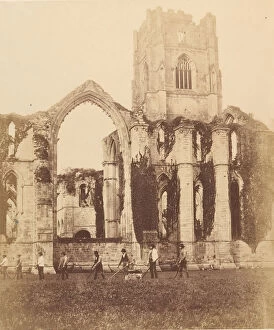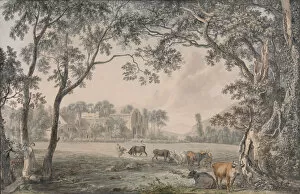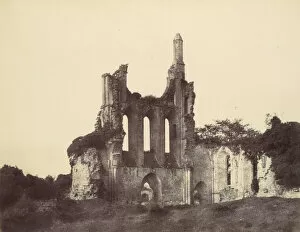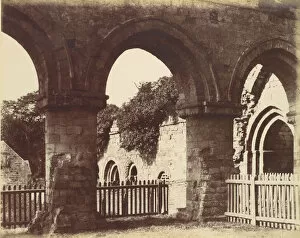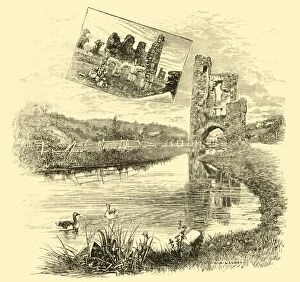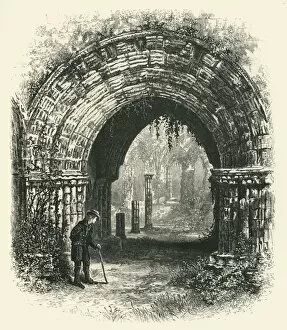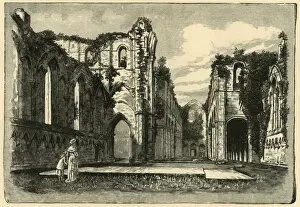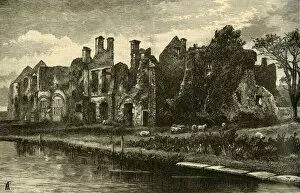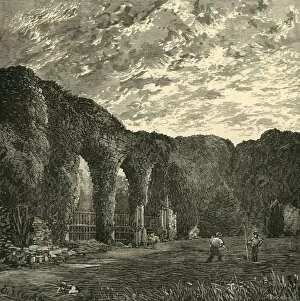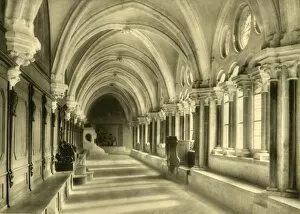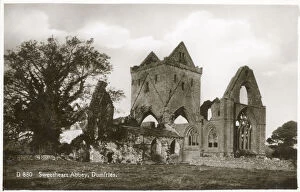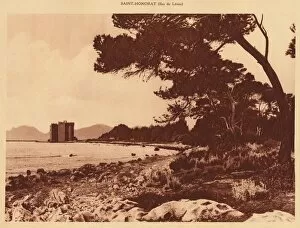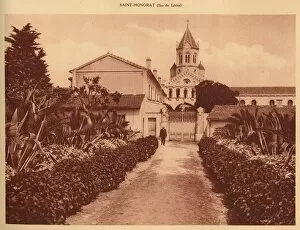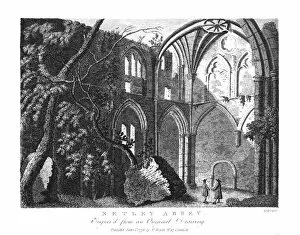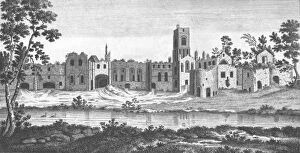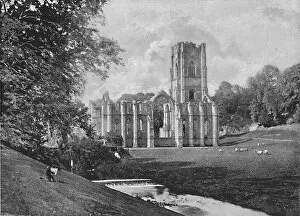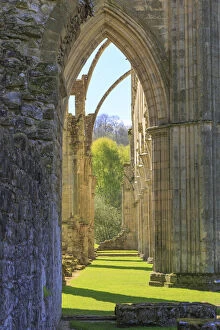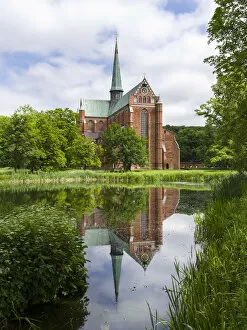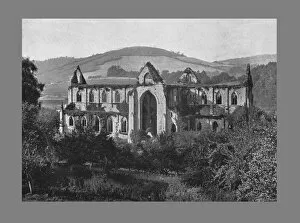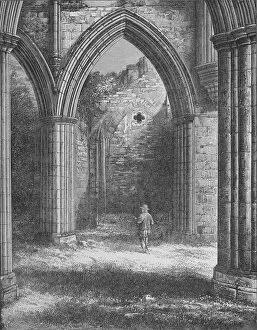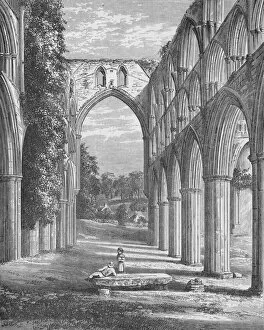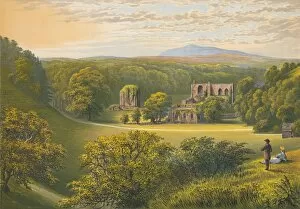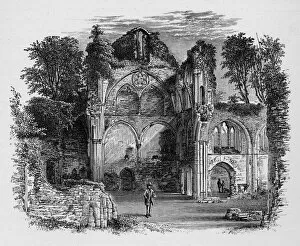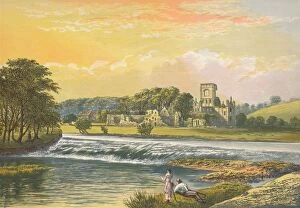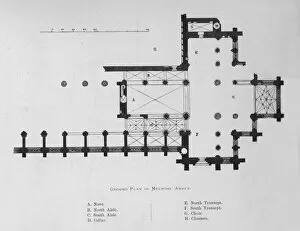Cistercian Collection (page 8)
"Cistercian: Exploring the Tranquil Beauty of Medieval Monasticism" Step into history and immerse yourself in the serene world architecture
For sale as Licensed Images
Choose your image, Select your licence and Download the media
"Cistercian: Exploring the Tranquil Beauty of Medieval Monasticism" Step into history and immerse yourself in the serene world architecture. From the awe-inspiring Margram Abbey Church to the picturesque Tintern Abbey in Wales, these sacred sites transport us back to a time when devotion and simplicity were paramount. Founded by St Bernard of Clairvaux, the Cistercians sought solace amidst nature, as seen in Kirkstall Abbey near Leeds, where lush greenery surrounds its ancient ruins. Similarly, Senanque Abbey captivates with its lavender fields in full bloom, creating a breathtaking harmony between man-made structures and natural beauty. Furness Abbey stands as a testament to the order's influence across borders; located in Barrow-in-Furness, Cumbria, it showcases their architectural prowess even today. Joseph Cundall's 1850s depiction of Kirkstall Abbey from the west captures its grandeur and invites us to imagine life within those hallowed walls. Delve deeper into this monastic world with Rievaulx Abbey's ground plan from 1897 - an intricate blueprint that reveals meticulous planning behind every archway and cloister. Melrose Abbey in Scotland beckons visitors with its hauntingly beautiful ruins while Maulbronn Monastery complex offers a glimpse into daily life within these austere yet captivating surroundings. Roche Abbey whispers tales of spiritual contemplation through its crumbling stones while Rievaulx Abbey near Helmsley enchants with its tranquil setting amidst North Yorkshire's rolling hills. The legacy of the Cistercians lives on through these remarkable landmarks scattered throughout Europe. Each site tells a unique story - one that resonates with tranquility, devotion, and an unwavering commitment to faith. Embark on your own pilgrimage through time as you explore these hidden treasures steeped in centuries-old spirituality.

